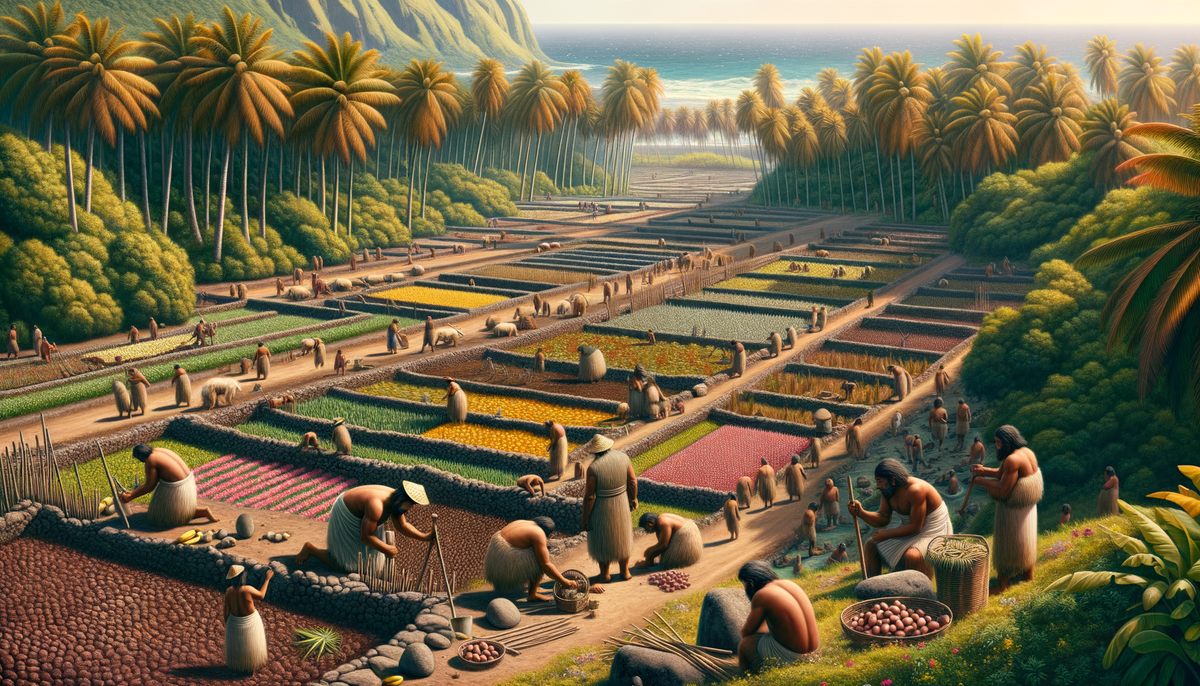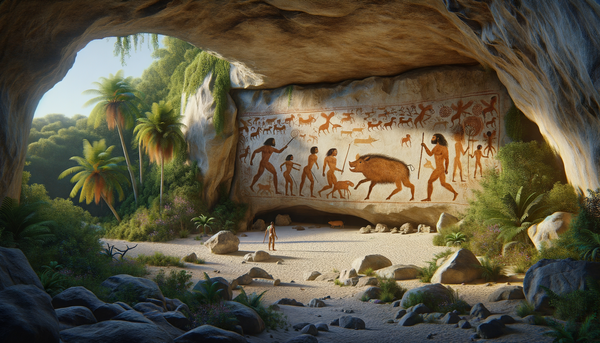New Study Debunks Easter Island Collapse Myths

A new study involving researchers from Binghamton University, Columbia University's Lamont-Doherty Earth Observatory, and other institutions has found that the ancient Rapanui civilization on Easter Island, also known as Rapa Nui, managed its resources sustainably, challenging the long-held theory of 'ecocide'. This theory posits that the Rapanui people depleted the island's natural resources, leading to societal collapse before European contact. However, the new findings indicate that only about 0.76 square kilometers of the island was used for rock gardening, a technique employed to enhance soil productivity. This would have supported a population of around 3,000 people, significantly lower than previous estimates suggesting a much larger population.
The study utilized high-resolution satellite imagery and machine learning to distinguish between human-made rock gardens and natural rocky outcrops. The results showed that the island's agriculture, which included crops like sweet potatoes, bananas, taro, and yams, along with seafood, constituted 35 to 45 percent of the local diet. This mixed agricultural system could not have sustained a population larger than the one observed at the time of European arrival. These findings imply that the population remained stable and sustainable until external factors, such as the slave trade, enforced migration, and introduced pathogens, likely contributed to the demographic changes observed post-European contact.
Researchers argue that the new data suggest a more sustainable model of living by the Rapanui people, contradicting the notion of a rapid collapse due to environmental mismanagement. The study emphasizes that the island's small, stable population managed to thrive using sophisticated agricultural practices like rock gardening, which protected crops from environmental stressors and maintained soil fertility. This new perspective shifts the narrative from one of ecological disaster to one of adaptive and sustainable resource management by the Rapanui civilization.




